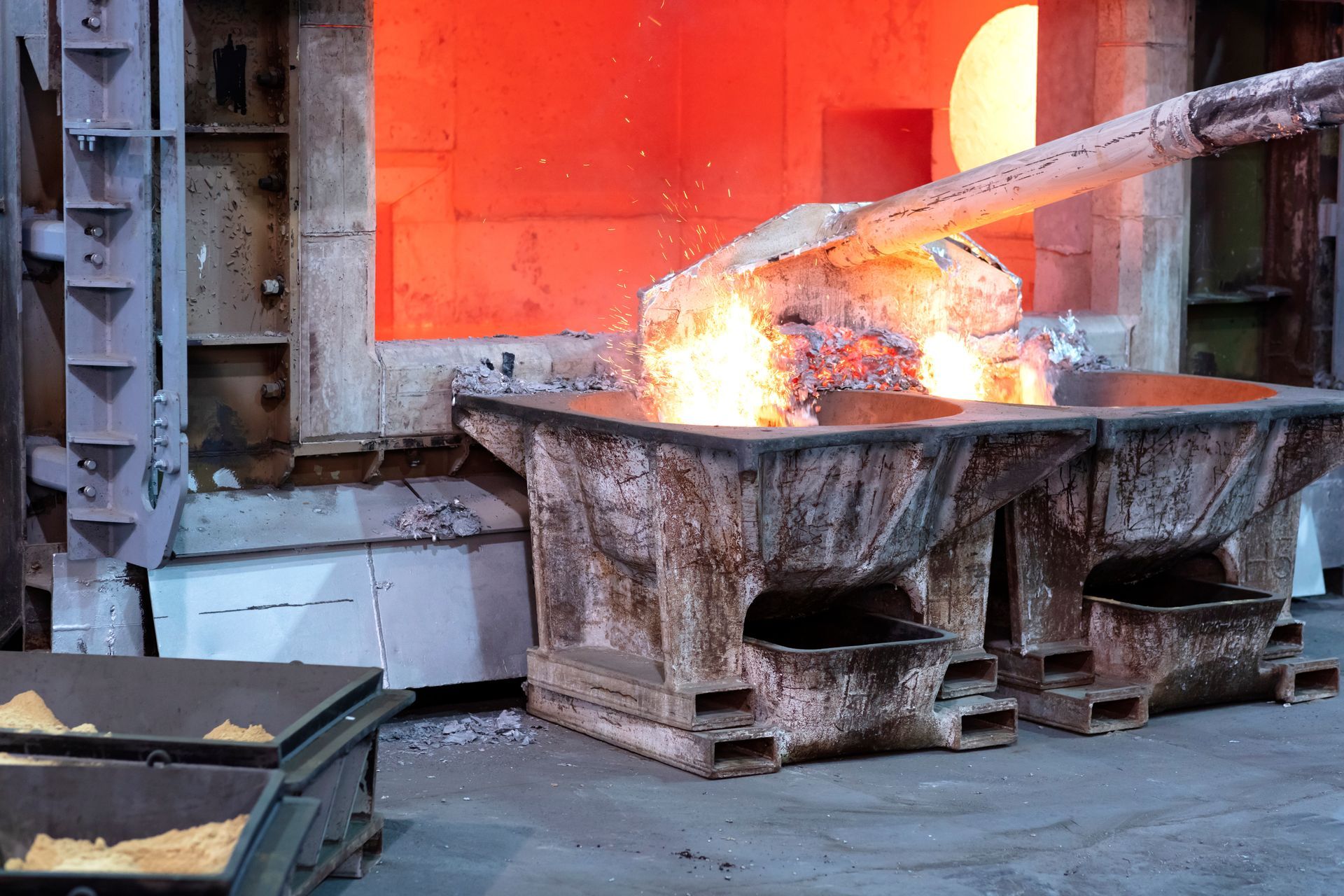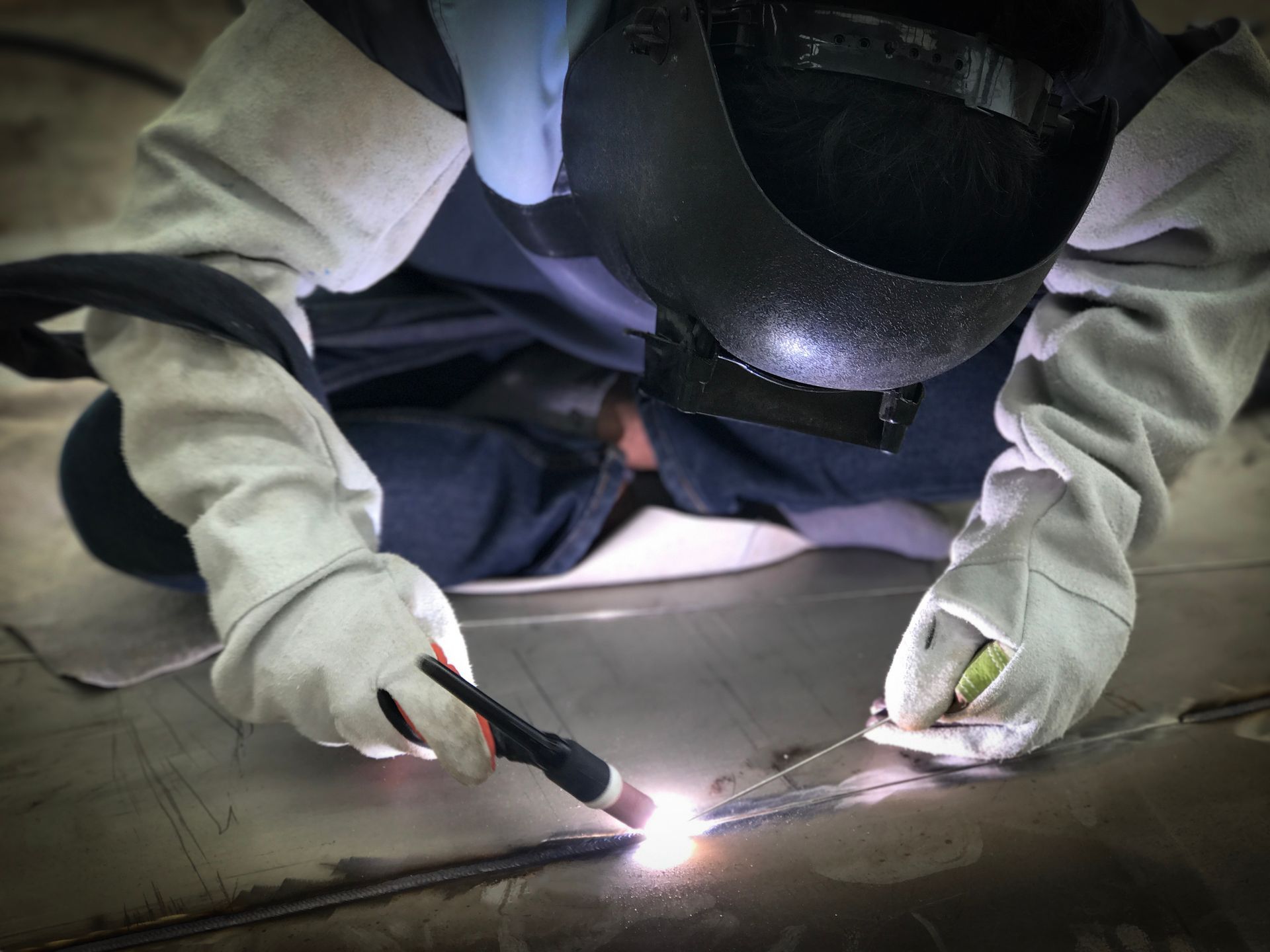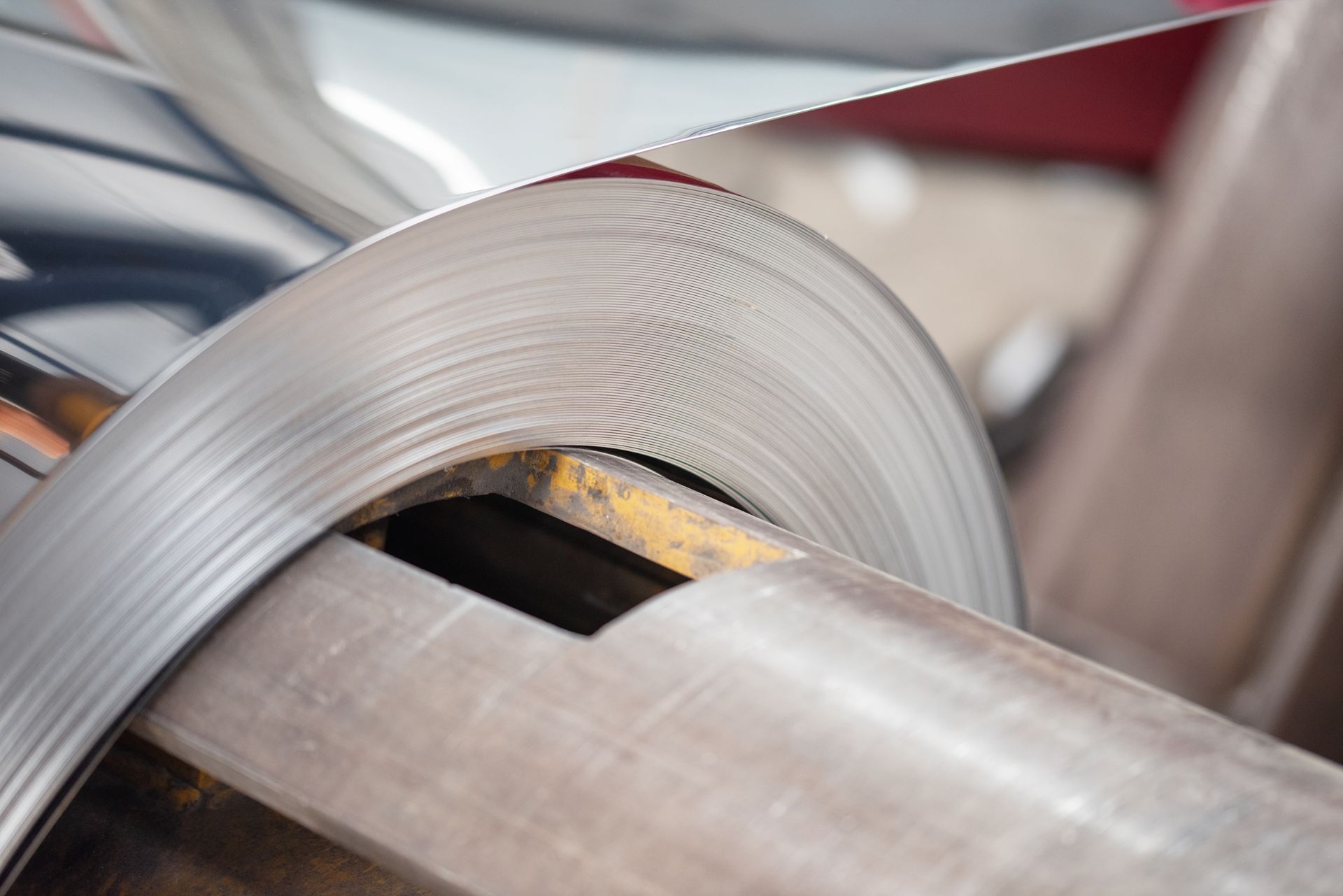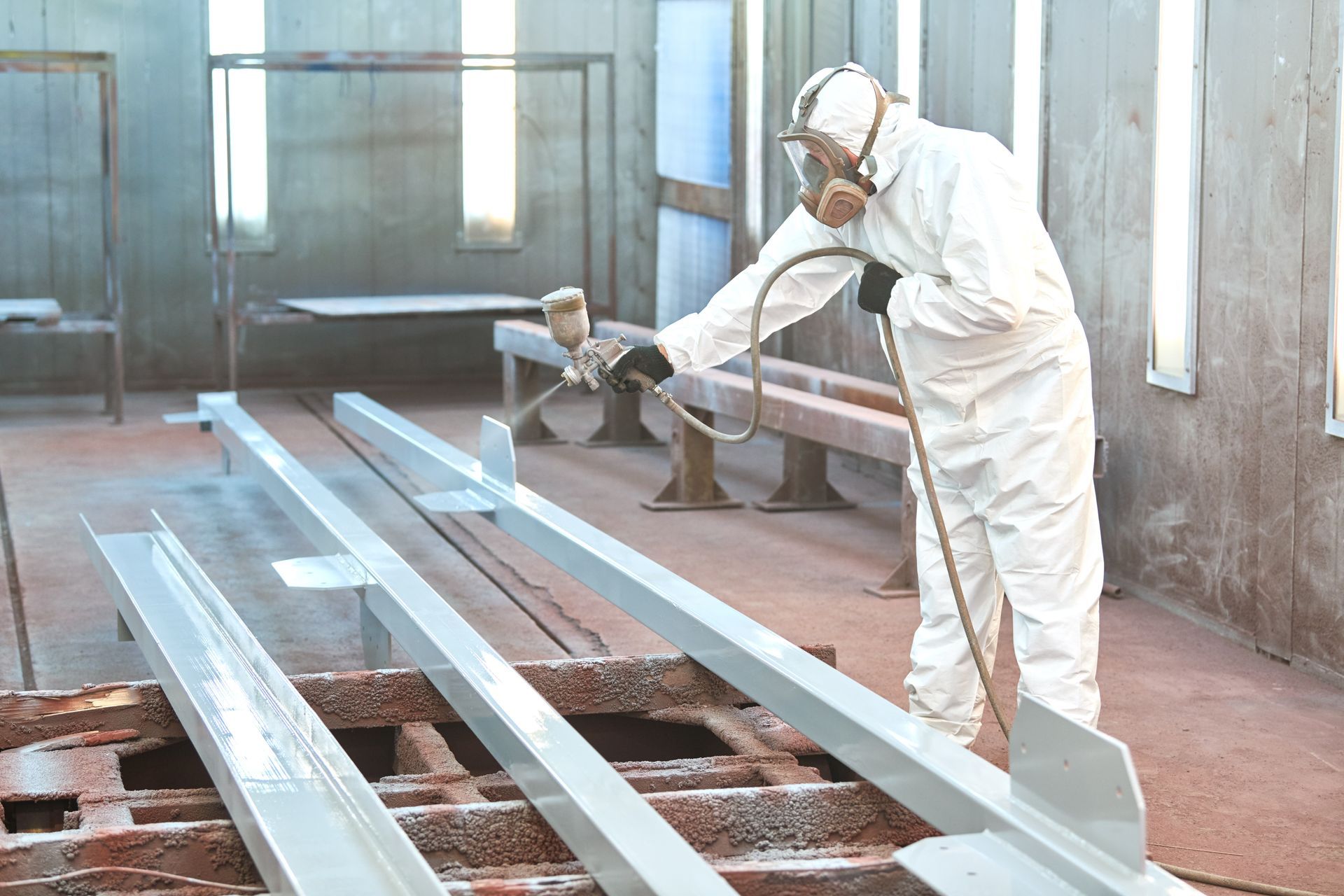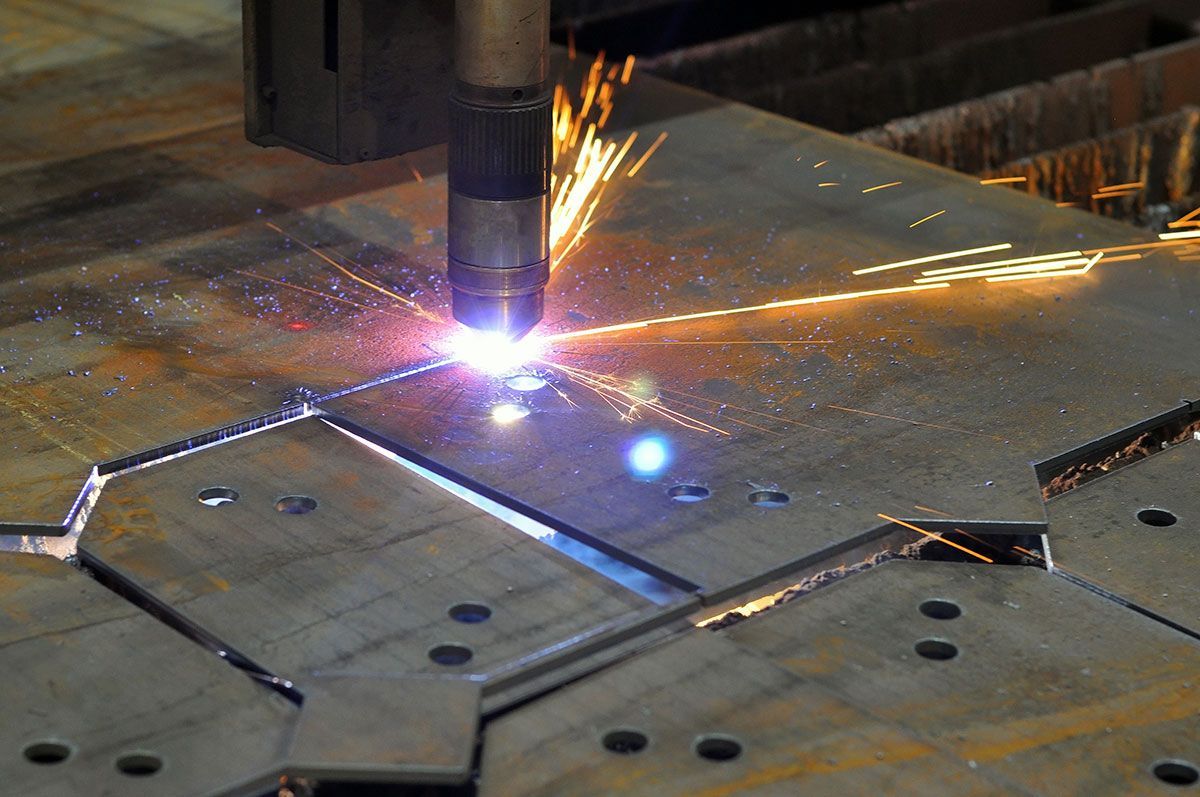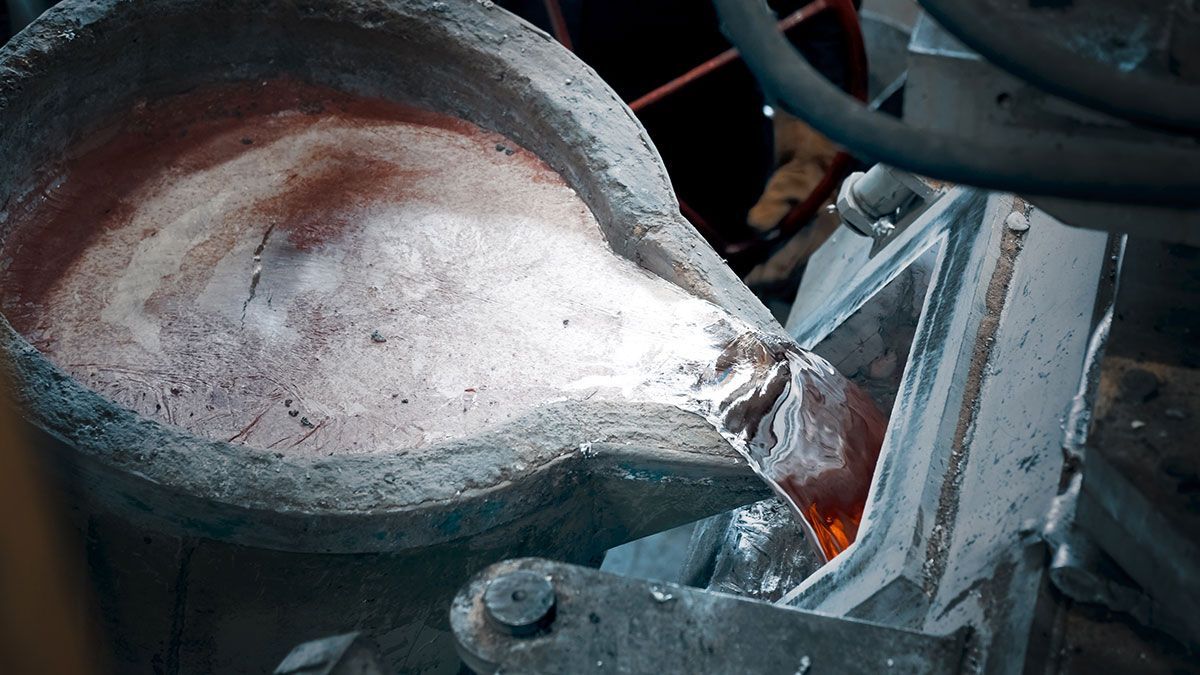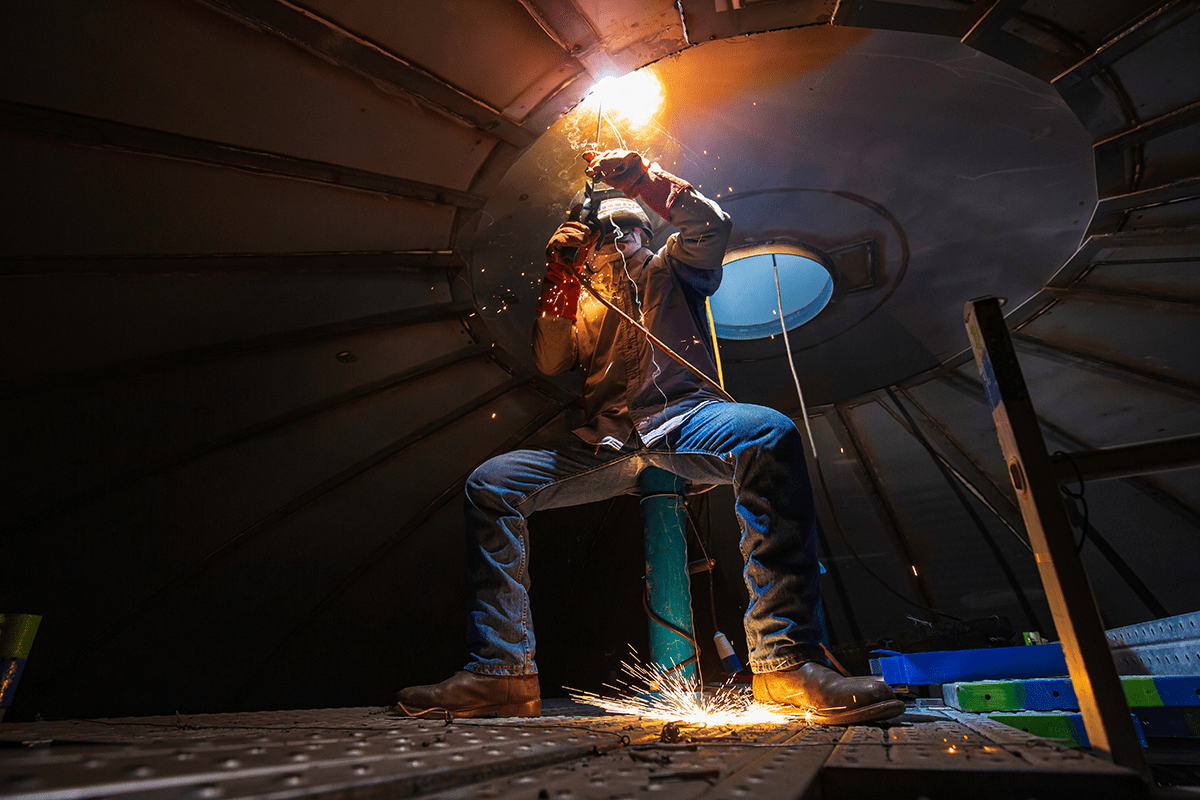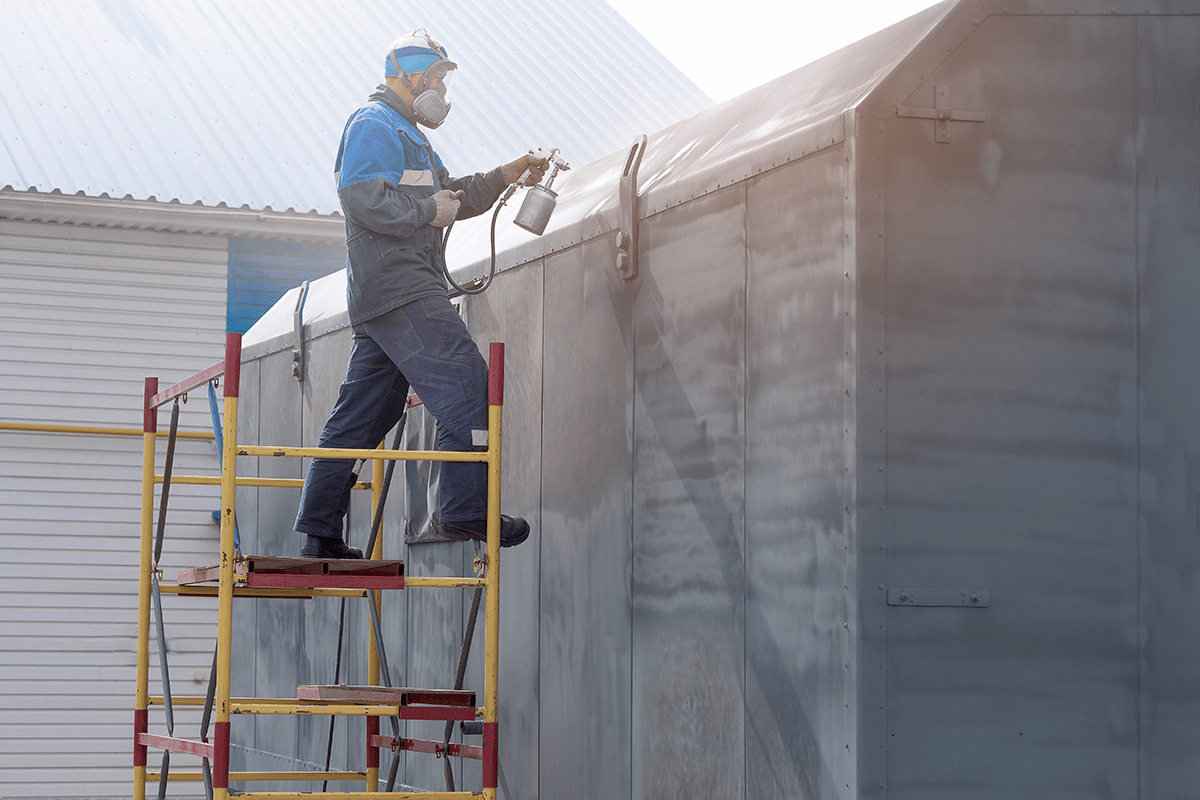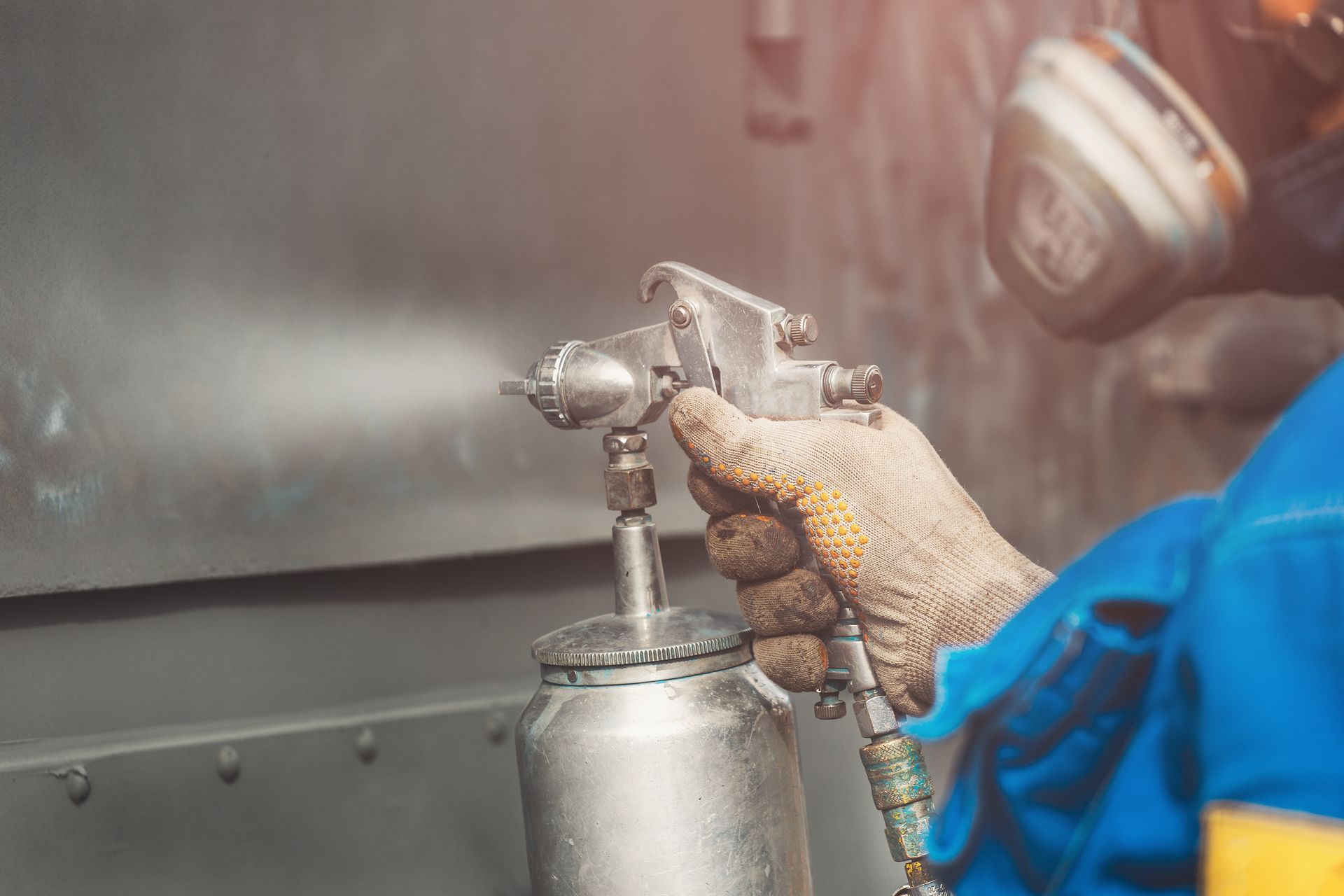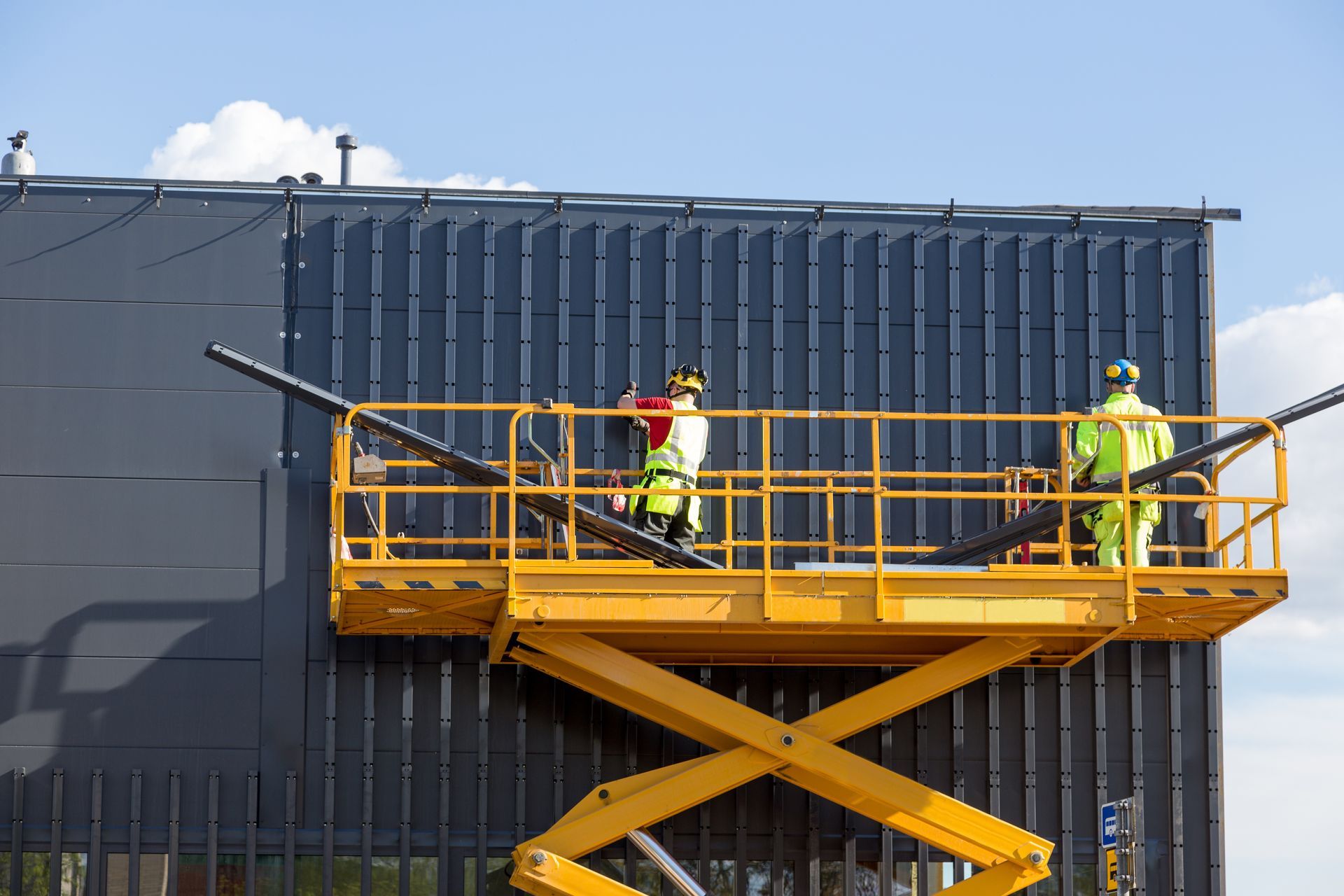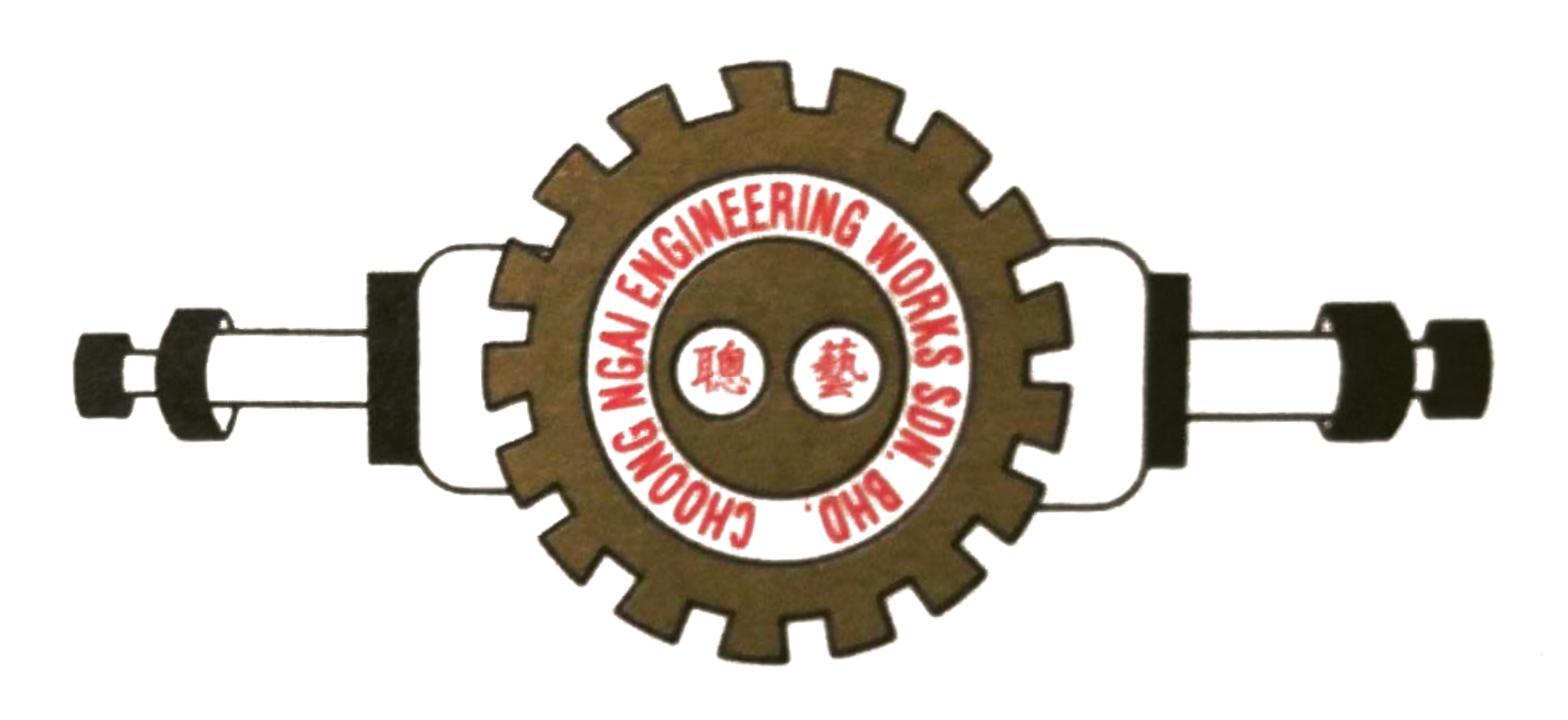The 6 Types of Sheet Metal Material And How To Select Them
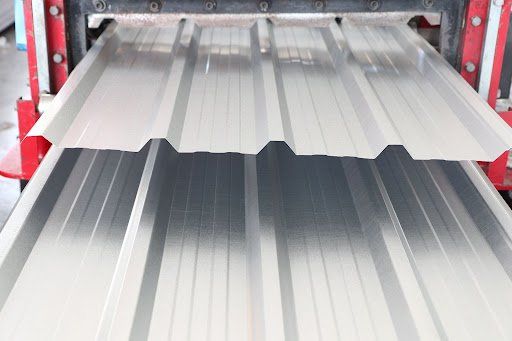
In modern engineering, sheet metal serves as the foundation. It's all around us, from cars and machines to house facades and furnishings. This has led to there being various options of sheet metal material available in the market, which is why it is important to select the right one for your project. The choice of sheet metal during the product design process will impact the sheet metal component of the design, manufacturing process, cost, and performance.
Before embarking on any project that involves sheet metal, engineers must first have a basic understanding of sheet metal to utilise it to its maximum potential. This includes standard measurements, materials, production differences, and various forming techniques.
So, let's dive deeper into the factors you need to consider when selecting the ideal sheet metal material.
Factors when selecting the right sheet metal material
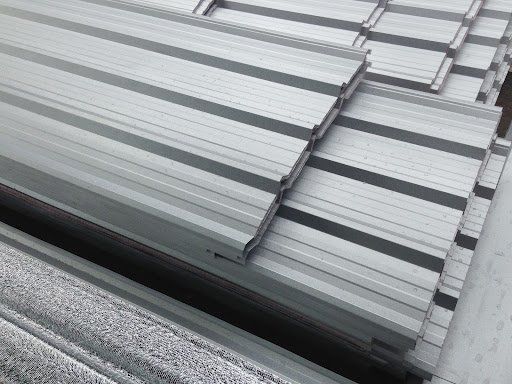
When selecting a material for your construction project, there are several things to consider—for example, lowering costs and utilising simple manufacturing techniques. When considering these, you should choose a material that is long-lasting, efficient, and best suited to your project.
Here are some things to think about while choosing a fabrication material:
- The shape of the components that need to be created
- The intended purpose of the developed material
- The dimensions of the product you are creating
- The finishing techniques you can use on your product
Advantages and Disadvantages of Different Sheet Metals
Before you head off to get your materials, here are some of the different types of sheet metal and their advantages and disadvantages.
Alloy steel
Alloy steel, as the name implies, mixes various components to provide a customisable set of characteristics. Carbon steel serves as this material's primary element. Other components are included, such as:
- Tungsten: This component increases the heat resistance of the alloy steel, which raises the melting point. It also improves the structural composition of the steel.
- Chromium: Just a small amount of chromium 0.5% to 2%) can aid in the alloy's hardening, while larger amounts (4% to 18%) can offer an additional benefit of corrosion resistance.
- Manganese: When combined with trace levels of phosphorus and sulphur, the steel alloy becomes less brittle and is easier to hammer.
- Vanadium: This element can improve grain structure, strength, and heat resistance with just 0.15% of its content. The steel alloy hardens when combined with chromium while keeping its formability.
- Nickel: This alloying material will increase the strength of the steel by up to 5%. It offers remarkable corrosion resistance at levels over 12%.
Aside from its adaptability, alloy steel is also incredibly affordable.
Advantages of Alloy Steel
Alloy steels can offer a variety of advantageous features with additional heat treatment, such as:
- Higher resistance to corrosion
- Increased durability
- Increased hardness and strength
Disadvantages of Alloy Steel
The following are the drawbacks of alloy steel, which include
- Low machinability
- Lacks weldability
- Low flexibility
Stainless steel
Stainless steel is a metal alloy made up of iron, chromium, and nickel. Due to its high corrosion resistance, magnetic properties, ability to tolerate high temperatures, and ease of machining, it is the most widely used material in the world.
Additionally, stainless steel is common for many different reasons—one of them being that it is rust resistant. Hence, you can use it in your kitchen without worrying about contamination because it doesn't react with food. Furthermore, it is durable and suitable for usage in extreme heat.
Advantages of stainless steel
Here are some of the other advantages of stainless steel
- Low maintenance: Stainless steel has long-term benefits that surpass the initial cost. However, you can concentrate on an ideal process and outcomes when you choose a material like stainless steel that requires minimal maintenance.
- Sustainability: Stainless steel can be recycled. Using stainless steel is an excellent approach to lessen the environmental impact of your production processes and merchandise.
- Temperature resistance: Stainless steel is a good choice for applications where temperatures may be more intense, such as boilers, valves, feed water heaters, and other heat exchangers.
Disadvantages of stainless steel
While there are a lot of advantages to stainless steel, there are certainly a few disadvantages that stainless steel has, such as:
- Price: Stainless steel is not the most cost-effective metal. Due to its difficulty in manufacturing, stainless steel is frequently expensive.
- Difficult to weld: Although stainless steel's high melting point can be a significant asset in some situations, it also makes the material challenging to weld, which places restrictions on the types of building projects that can include it.
Carbon steel
This sheet metal substance has iron alloyed with carbon to give it a high level of durability. A manufacturer can select steel with low, medium, or high carbon content levels based on the specific requirement.
Low levels of carbon produce a highly adaptable material that is most frequently used in commonplace items like fences and gates. Steel with a medium carbon content is commonly used in appliances and automobiles. Higher carbon content produces a more fragile product, perfect for delicate things like cables.
Advantages of carbon steel
- Malleable: Carbon steel has the advantage of being able to be bent, cut, and twisted to form the necessary shape more easily than other metals.
- Affordable: Carbon steel is the perfect material for minimising project costs. However, since mild steel is generally less expensive than other metals, you must consider the possibility that you will need to treat it to minimise corrosion.
Disadvantages of carbon steel
- Durability: Carbon steel is ideal for mechanical engineering and general fabrication. Due to its strength, it is an excellent material option for applications where severe stress won't be placed on it.
- Limitation to heat treatment: The carbon content of carbon steel may change when treated with heat. Steel is frequently subjected to heat treatment to alter its features. However, after heat treatment, there are no noticeable alterations to the original fabrication once it has cooled off in the mill.
Tool Steel
Tool steel is a strong alloy with 1% carbon that is incredibly versatile. Like alloy steel, tool steel consists of various elements in different types and ratios, depending on the intended use. This is why tool steel is resistant to abrasion and operates well in severe temperatures. Due to its characteristics, this sheet metal is perfect for making tools like hammers, punches, dies, and blades.
Advantages of tool steel
Several advantages that tool steel can offer include:
- Durability
- Resistance to deterioration
- Hardness
- Resistance to heat
Disadvantages of tool steel
Tool steel metal sheet comes with some disadvantages as well, which are:
- Low hardenability
- Tendency to overheat
Galvanised steel
Electro-galvanised sheets and hot-dipped metallic-coated sheets are the two types of galvanised steel commonly found in construction. Steel that has been cold rolled and annealed makes up electro-galvanised sheets. Without any zinc spangle, it is coated entirely in zinc.
On the other hand, hot-dipped metallic-coated sheets are made up of cold-rolled strong steel plates with an iron-zinc alloy and pure zinc coating applied to them. Compared to electro-galvanised sheets, this galvanised steel is slightly cheaper and has better corrosion resistance.
Advantages of galvanised steel
- Durability: Steel becomes strong through the galvanisation method. Its strength can therefore be enhanced.
- Rust resistance: Steel is protected from corrosion by being galvanised, which contributes to preventing rust.
- Protected from contamination: Since other chemicals and dangerous substances won't contaminate galvanised steel, its performance level will be unaffected.
Disadvantages of galvanised steel
- Welding limitation: The inner substrate's surface has improved coating density and a comparatively high manganese content. As a result, the aluminium-zinc coating cannot be joined by welding under normal circumstances and must instead be joined by other means, such as rivets.
- Galvanising process is not suitable for all types of steel: While most steel materials can be galvanised by being submerged in a zinc bath, some very large or small products cannot go through the process.
Aluminium
Aluminium is an ideal choice for applications where a lighter material is needed. Even without a finish, this kind of sheet metal has a high level of corrosion resistance. In addition to being sturdy, aluminium is also suitable for laser cutting, welding, and machining.
Advantages of aluminium
- Recyclable: Aluminium is regarded as a sustainable material. One important characteristic is that it can be recycled while maintaining its original features.
- Corrosion resistance: A thin layer of aluminium oxide forms on the surface of aluminium when it is exposed to air. When exposed, this layer shields the aluminium from corrosion.
- Lightweight: The strength and longevity of aluminium in designs are other advantages. This material can withstand a sizable weight without making the finished product too heavy.
Disadvantages of aluminium
- Price: If you are taking on a significant project, you will want to save money wherever possible. Unfortunately, aluminium is more costly than other materials, like steel.
- Welding duration: Specific techniques must be used to weld aluminium, which might be more expensive, time-consuming, and messier than other methods.
Select the right sheet metal material to achieve the desired results
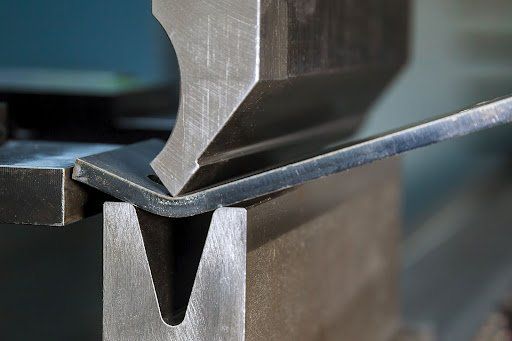
There are several grades of sheet metal materials available on the market nowadays. The material is chosen in accordance with the needs for the product's functionality and the available budget.
Looking for a quality sheet metal fabrication company in Malaysia ? Choose Choong Ngai Engineering!
So, if you're looking for a sheet metal contractor in Malaysia, visit us at Choong Ngai Engineering today to speak to our experts. We at Choong Ngai Engineering have years of experience and knowledge to answer your doubts or concerns, and we ensure to provide you with the quality solution you're looking for. Call us now!
